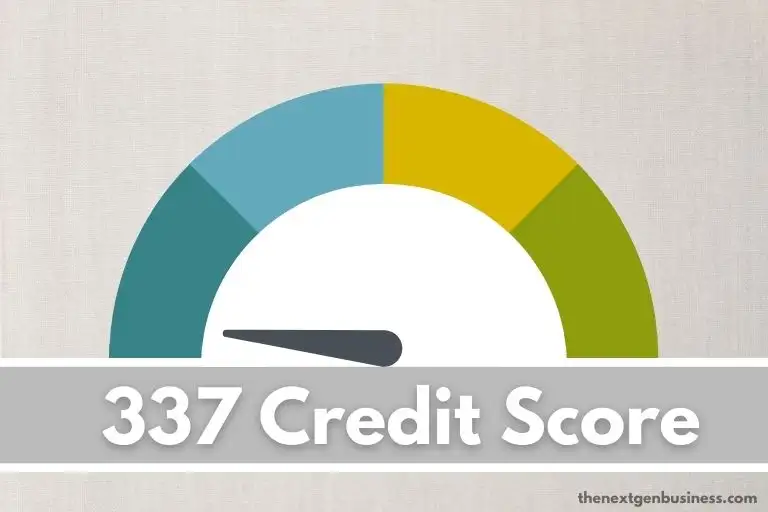Overview
The data table presents the significant disparities in K-12 and postsecondary education expenditures across the United States, revealing that K-12 spending is the least in Utah at $7,951 and the most in New York at $24,881 per capita. On the other hand, postsecondary spending extends from a minimum of $17,946 in California to a maximum of $43,420 in Georgia. These differences may affect resource distribution and educational quality within each state.
K-12 Spending Disparities
The data showcases considerable differences in K-12 education spending across the United States. New York leads the nation with an impressive $24,881 per capita expenditure, while Utah sits at the opposite end of the spectrum with a modest $7,951 per capita.
Various factors contribute to these disparities, such as tax revenues, economic conditions, and state priorities. States with higher K-12 spending often prioritize education and allocate a larger portion of their budget to fund public schools.
However, higher spending doesn’t always guarantee better academic outcomes, such as graduation rates. In fact, some lower-spending states manage to achieve high student performance by concentrating on core values, efficient resource allocation, and nurturing a strong sense of community.
Postsecondary Education Expenditures
Postsecondary education spending also exhibits significant variation across the country. Georgia leads the pack with a substantial $43,420 per capita expenditure, while California lags behind with a relatively low $17,946 per capita.
Factors influencing these differences include state budget priorities, tuition rates, and the availability of financial aid. States with higher postsecondary spending often invest more in their public colleges and universities, providing additional resources to support student success.
Some states achieve strong postsecondary results by emphasizing career readiness, accessible vocational training, and fostering public-private partnerships.
Striking a Balance in Education
The key to addressing education spending disparities lies in finding the right balance between investment and results. Increased funding can contribute to improved educational outcomes, but only when allocated efficiently and targeted towards programs that genuinely benefit students.
States must prioritize spending on initiatives that focus on student achievement, teacher quality, and responsible resource allocation. Additionally, cultivating a culture that values education, encourages parental involvement, and supports local communities is essential for achieving success in both K-12 and postsecondary education.
By adopting these principles, states can create a more effective education system for all students, regardless of the size of their budgets.





